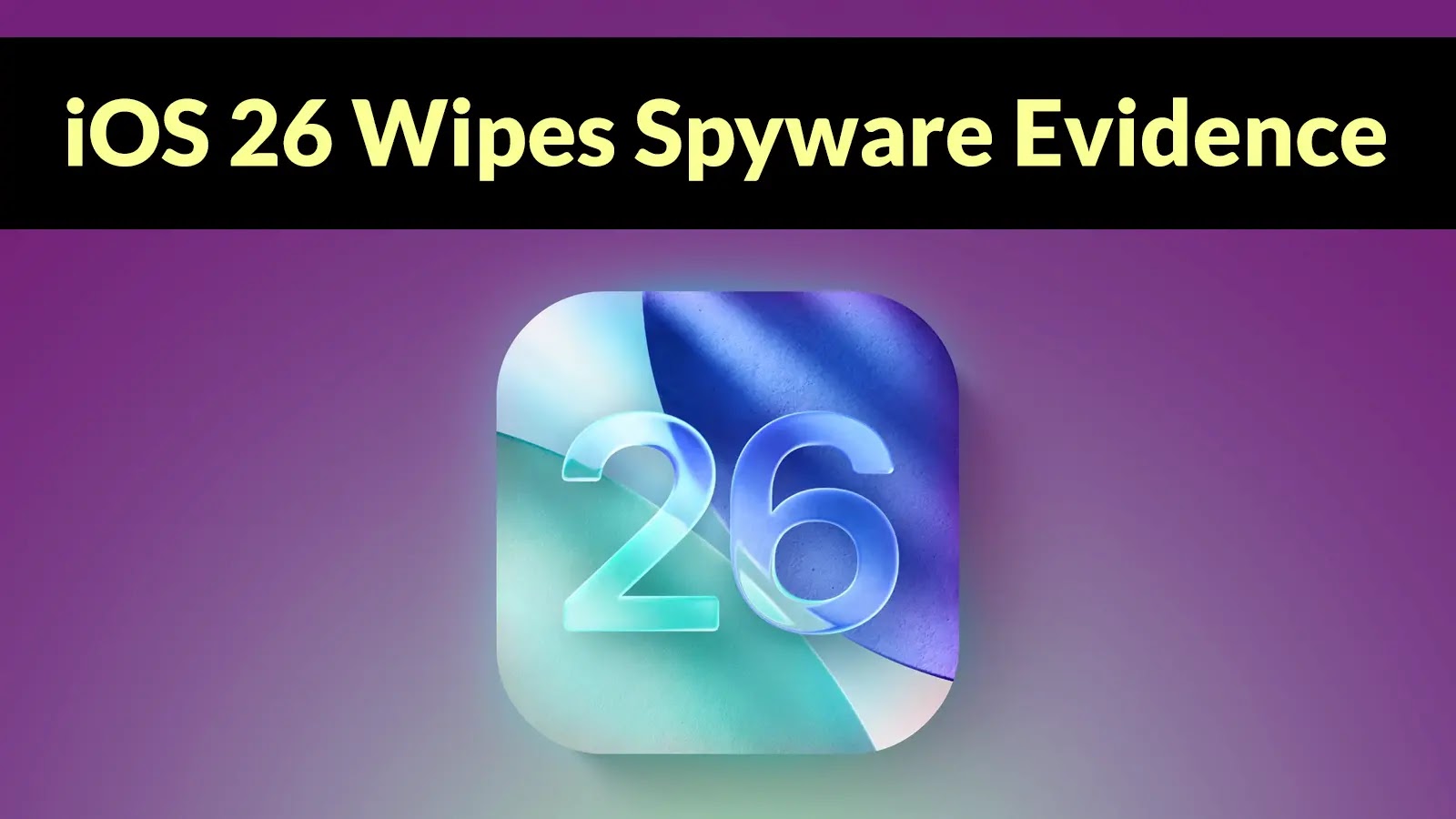The advent of sophisticated spyware such as Pegasus and Predator has significantly altered the landscape of mobile device security. These advanced malware strains, utilized by state-sponsored entities and cybercriminal organizations, exploit zero-click vulnerabilities to infiltrate devices without user interaction. High-profile individuals, journalists, and activists have been particularly vulnerable to these covert surveillance tools.
The Role of Forensic Analysis in Detecting Spyware
Forensic investigators have traditionally relied on system logs within iOS devices to detect traces of such infections. A critical component in this investigative process has been the `shutdown.log` file. This log records system shutdown and reboot events, often capturing residual indicators left by malware, even after it attempts self-deletion. By analyzing these logs, experts could identify unauthorized activities and reconstruct the timeline of a device’s compromise.
Impact of iOS 26 on Forensic Methodologies
With the release of iOS 26, a significant change has been introduced that affects forensic investigations. Analysts from iVerify have discovered that the new operating system version overwrites the `shutdown.log` file upon each device reboot, rather than appending new entries as in previous versions. This modification means that any existing log data is erased during a reboot, eliminating potential evidence of prior infections.
Consequences for Digital Evidence Preservation
This alteration has profound implications for digital evidence preservation. Devices updated to iOS 26 that undergo a restart will have their previous `shutdown.log` contents completely erased. Consequently, forensic indicators associated with spyware like Pegasus and Predator are lost, complicating efforts to detect and analyze such infections post-factum.
Challenges Posed by Advanced Spyware
Historically, sophisticated spyware has employed various anti-forensic techniques to evade detection. For instance, Pegasus has been known to attempt the deletion or manipulation of system logs, including the `shutdown.log`, to obscure its presence. However, these efforts often left subtle traces that vigilant analysts could detect. The new behavior in iOS 26, where the operating system itself overwrites the log file, effectively removes these residual indicators, making forensic detection significantly more challenging.
Technical Analysis of the Log Overwriting Mechanism
An examination of the `shutdown.log` behavior in iOS 26 reveals a shift from the previous method of appending entries to a complete overwrite upon reboot. This change disrupts the chronological record of system events, which is vital for forensic investigations aiming to trace infection timelines and understand the sequence of malicious activities.
Implications for Security Professionals and Users
The modification introduced in iOS 26 raises critical questions about the balance between system performance optimization and the preservation of forensic evidence. Security professionals must adapt their investigative techniques to account for this change, potentially seeking alternative methods to detect and analyze spyware infections. Users, particularly those at higher risk of targeted surveillance, should be aware of these developments and consider additional security measures to protect their devices.
Recommendations for Mitigating Risks
To address the challenges posed by the iOS 26 update, the following recommendations are proposed:
1. Enhanced Monitoring Tools: Develop and deploy monitoring solutions that do not rely solely on system logs but can detect anomalies indicative of spyware activity through other means.
2. User Education: Inform users about the risks associated with spyware and the importance of regular device monitoring and security updates.
3. Collaboration with Apple: Engage with Apple to discuss the implications of log overwriting on forensic investigations and explore potential solutions that balance user privacy, system performance, and security needs.
4. Alternative Evidence Collection: Investigate other system artifacts that may retain evidence of infections, such as network traffic logs, application usage data, and memory dumps.
Conclusion
The update to iOS 26 introduces a significant challenge to the forensic detection of advanced spyware like Pegasus and Predator by overwriting the `shutdown.log` file upon reboot. This change necessitates a reevaluation of current investigative methodologies and underscores the need for continuous adaptation in the face of evolving digital threats. Security professionals and users alike must remain vigilant and proactive in implementing measures to detect and mitigate the risks associated with sophisticated malware.



